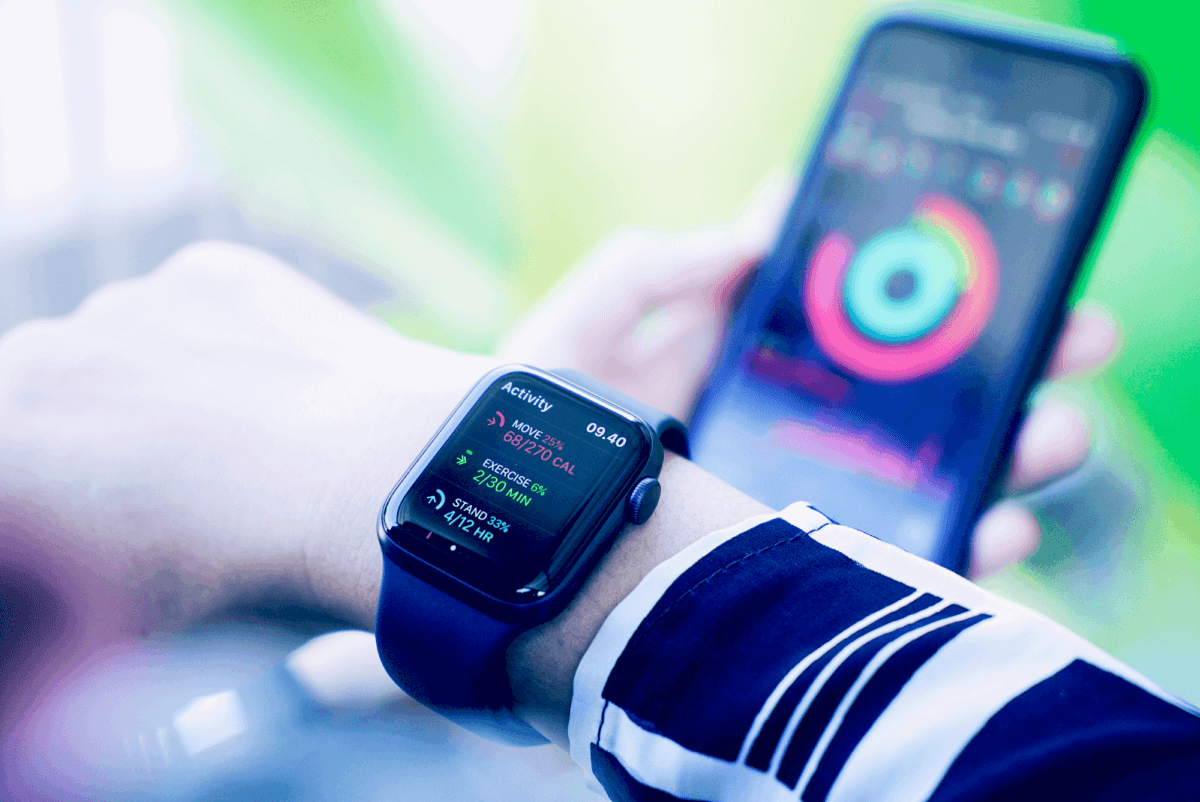Wrist-wearable fitness trackers are everywhere. They track exercise, heart rate, and calories burned and can even go as far as receiving calls and emails. But are they accurate at tracking what they claim to track and can the data they provide actually inform your training and nutrition practices?
Overview
What did they test? The authors reviewed the current literature to explore whether wrist-wearable activity trackers were accurate.
What did they find? Most activity trackers were accurate for measuring heart rate and step count but none were accurate for measuring energy expenditure.
What does it mean for you? Using an activity tracker to gain insight into how much you’re moving and your heart rate during exercise is acceptable, but you should not base your energy intake based on the energy expenditure displayed on your tracker.
What's the Problem?
Fitness trackers have exploded in popularity over the past few years, from mainly catering to fitness enthusiasts and athletes to now catering to the average person wanting to track their physical activity.
Historically, physical activity and measures of energy expenditure were tracked and calculated using “manual” means, such as logbooks, questionnaires and often required specialized equipment or the input of an accredited professional in order to be accurately tracked or estimated 1. As time progressed, accelerometers, pedometers, and heart rate monitors became available, first to specific populations like athletes and sports scientists, and eventually to the public 2. Nowadays it is not uncommon to see people who barely engage in physical activity wear wrist-wearable fitness trackers that cost hundreds of dollars, collecting data about their physical activity and expenditure in the background, regardless of whether that data is valid or not.
Fitness trackers or wrist-wearable activity tracking devices come in many different shapes and sizes, from watches with multiple functions including phone calls and email to wristbands with no screen that simply connect to your phone or computer. Fitness trackers are often marketed as “scientifically designed” devices, with some brands specifically appealing to science for their marketing campaign, e.g., a Whoop ad mentioning their product is “backed by MDs & PhDs”, making promises around “data” and “insight” that will directly translate into better physical performance and recovery.

The most common data points to be tracked by wrist-wearable fitness trackers are steps, heart rate, sleep, and energy expenditure. Many trackers also offer the ability to track specific exercise modes, e.g., cycling, and provide insight on calories burned, time spent exercising, heart rate at different time points, etc.
And although it appears like buying a fitness tracker may be a solid investment for improving your understanding of how your body responds to exercise, it’s essential to understand whether these devices are accurate at measuring what they claim to measure.
A systematic review on the accuracy and metrological characteristics of chest-strap and wrist-worn wearable devices found that there is a lack of a standard validation process for the devices to be deemed as “qualified” given that the current available scientific evidence is “incomplete and barely comparable” 3. Additionally, previous studies have found that consumer-wearable activity trackers had relatively low validity for energy expenditure and sleep tracking but seemed to be acceptable for step counting 4. They also found that although they had low overall validity, the devices’ inter-reliability was relatively high, suggesting that each device was at least consistent enough as far as its own measurement was concerned.





